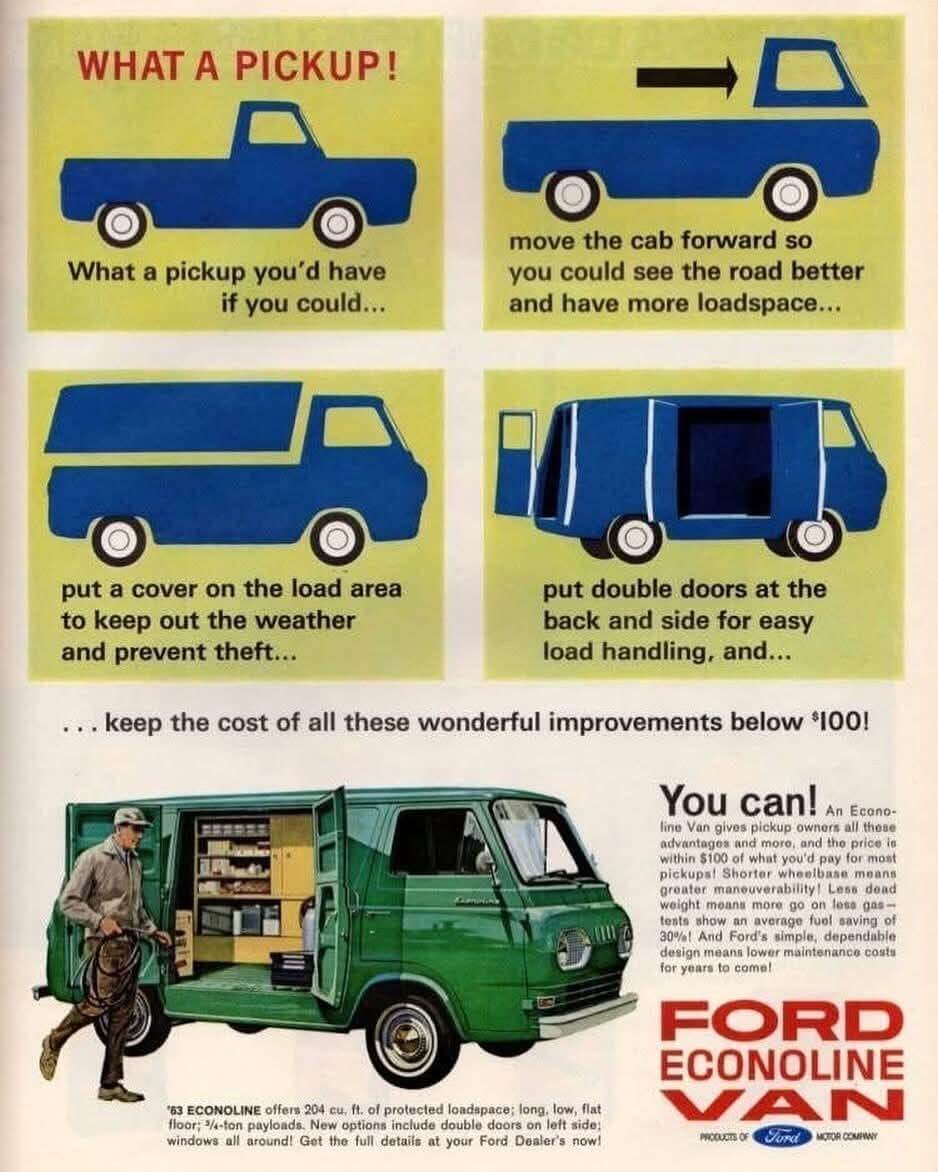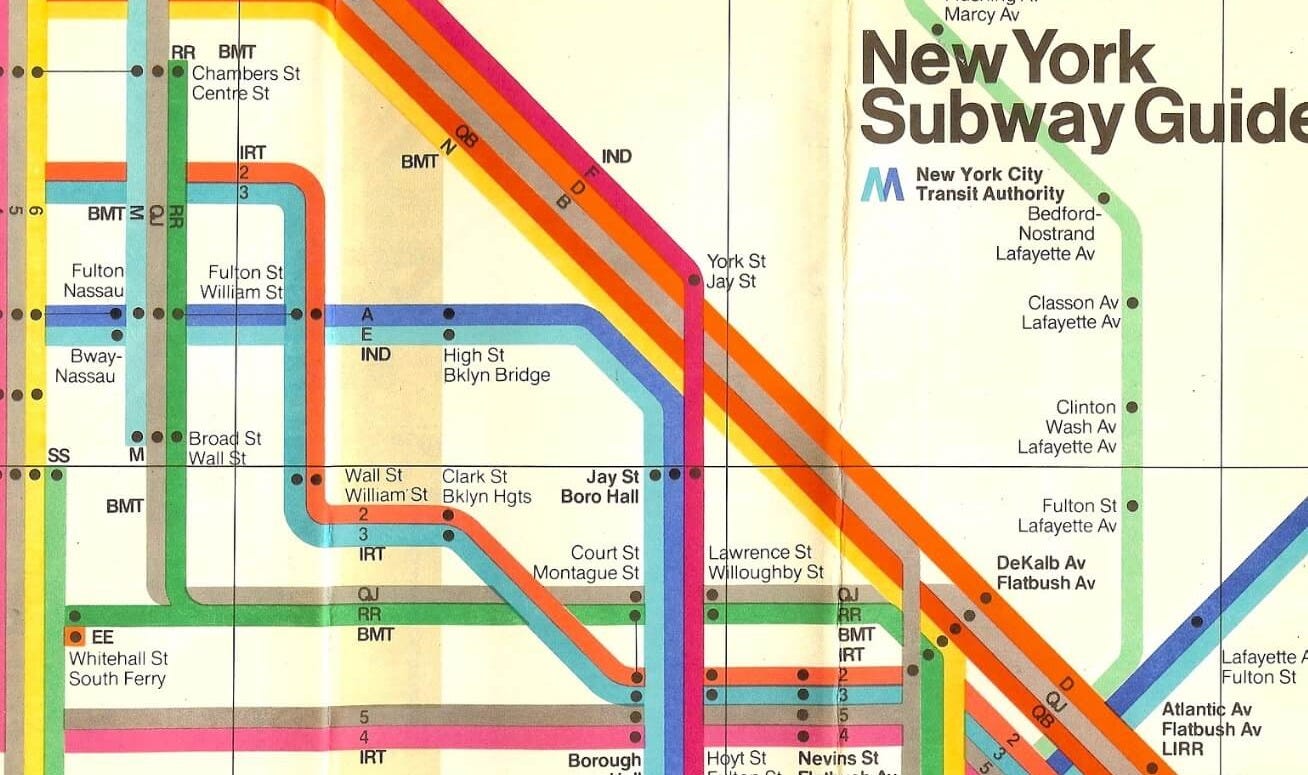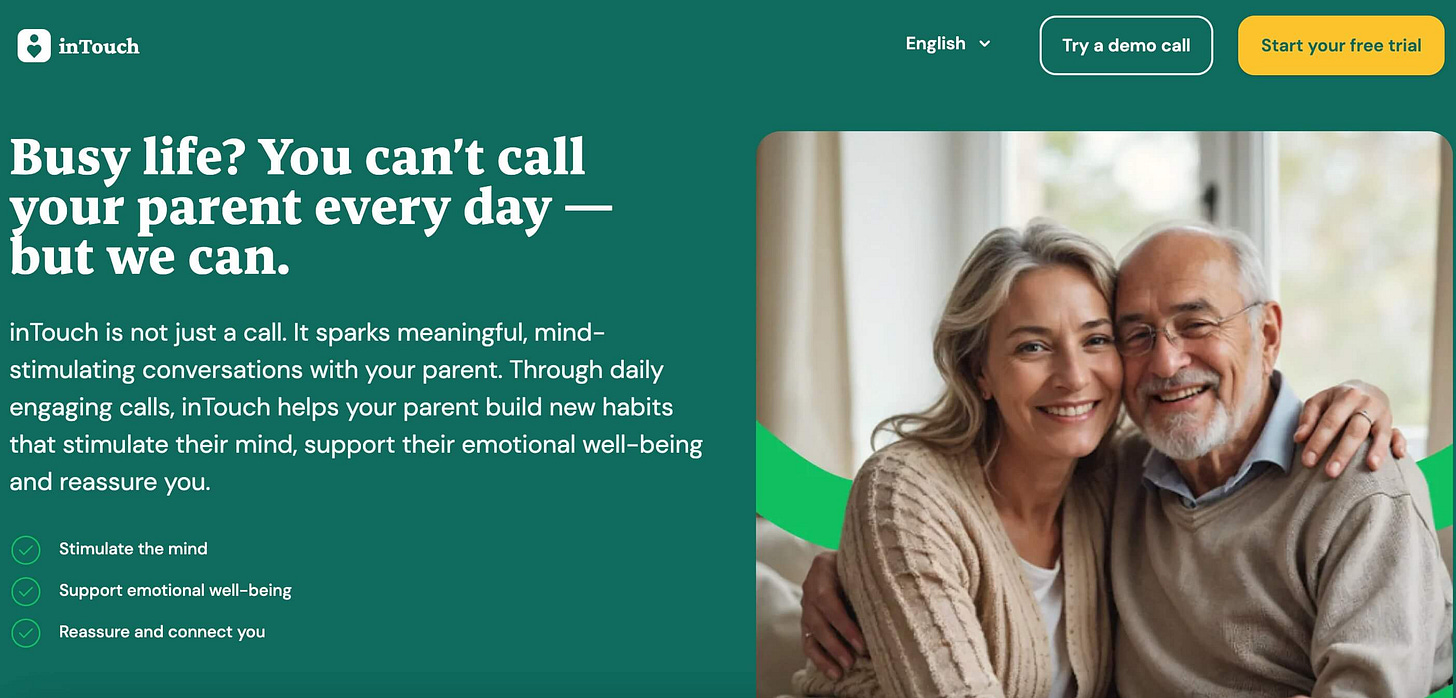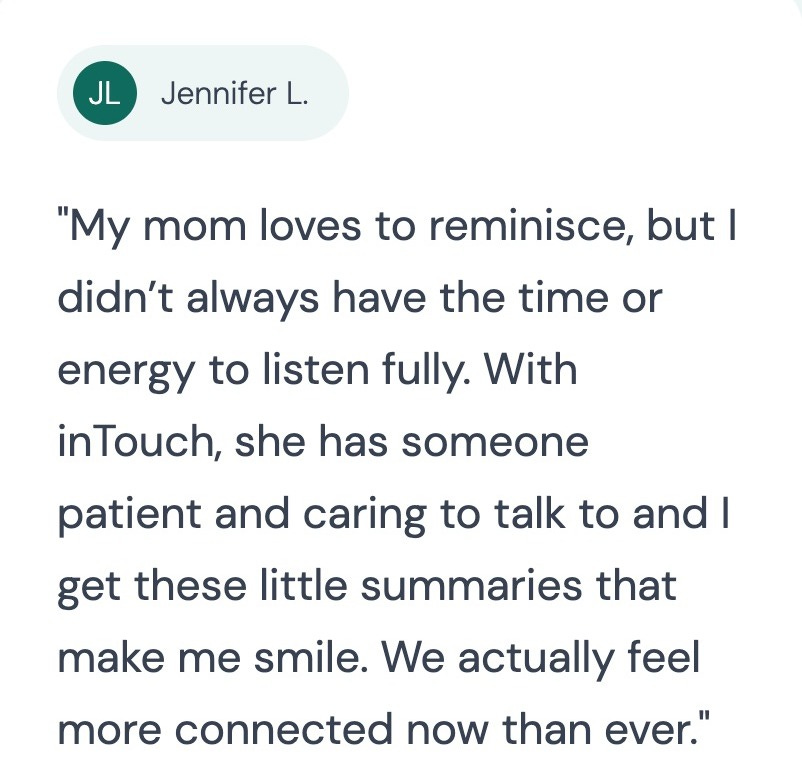Hello Gobbledeers,
How’s it going? Let’s jump right in…
On the Gobbledy Podcast last week, I spoke with Gary Schnierow who heads up investor relations for Build-a-Bear Workshop about what Wall Street wants to hear about from marketing teams. (Spoiler alert: they want to know if campaigns drove more revenue than they expected). You should subscribe at Apple Podcasts or Spotify so you don’t miss an episode.
Just a friendly reminder that if you have not yet taken the very, very fast 4-question reader survey, it would be enormously helpful. It won’t take you 60 seconds, I promise. Here’s a link to the survey. (Obviously no need to fill out the survey if you’ve already filled it out…)
And finally, if I haven’t mentioned it before (?), I help companies improve their messaging. One of my clients put it this way: “If your car breaks down, you get a mechanic. If your messaging is broken, you call Jared.” That was very nice. If you’d like to know more about how we can transform your messaging in about 2 weeks, email me at jared@sagelett.com or fill out the quick (very, very quick!) form here.
Enough of that…
The One Messaging Equation That Always Works
I have been listening to an amazing podcast called A History of Rock Music in 500 Songs, which has a title that (I guess) is self explanatory. The podcast is remarkable for a number of reasons, not least of which the unbelievable amount of detail that Andrew Hickey, the host, puts into each episode (note: if a 4-part, 7-hour episode on a Beach Boys1 song sounds terrible, then this podcast is not for you).
Hickey’s thesis about rock and roll is that nothing in rock and roll is every truly new. Everything in rock either rests on the foundation of music that came before it, or builds on adaptations to that music. Some day if we ever meet in person, I’m happy to bore you with more about this podcast.
“Nothing is ever truly new” is also a very effective messaging strategy if you work for a technology company. This may be counter-intuitive, as technology is all about advancements. But how we TALK about new technology is different…
A while back we discussed a company called Copy.ai that was trying to use the Play Bigger strategy of creating a brand new category, rather than rooting their product as an advancement of something that exists. My issue with this is that it leads to a bunch of gobbledy:
Copy.ai calls itself a “GTM AI Platform” (Oh, you’re wondering, “What’s a GTM AI Platform?” I’m glad you asked. Copy.ai, according to their website - and following the “Play Bigger” gobbledy-infused category creation playbook [PBGICCP] - says that a GTM AI Platform exists to “Infuse AI across your go-to-market engine with a single platform — not dozens of copilots and point solutions. Codify best practices, unify data, connect teams, and eliminate GTM bloat. Power all key GTM use cases and realize the full value of AI.” There ya go. You’re welcome, and I’m sorry.)
(I wasn’t planning on going off on a tangent here about Copy.ai, but their website is, even in an age where no AI-first company is able to competently explain what they do on their website, a dadaist mishmosh of gobbledy and the 1970s New York City Subway map:)
I believe the best messaging approach for a new technology is to root it in what already exists, and explain why it’s better. I love this example I’ve shared from the movie Blackberry:
There’s a scene in the movie where one of the founders is speaking with a skeptical exec from Bell Atlantic (now Verizon) about the Blackberry:
Bell Atlantic Guy: “Well, it’s definitely the world’s largest pager.”
Blackberry Guy: “No, it’s actually the world’s smallest email terminal.”
Nobody would want the first thing (a bad version of something they already have), and (almost) everybody would want the second thing (a better version of something they already have).
One of the issues I’ve had with most messaging I’ve seen from AI-first companies is that typically the message is something like “A pager, but now with AI.” As if AI, itself, is the benefit. Which maybe would be the case if there were some limitations about which companies could offer AI. But nearly every company can add AI to their product, so saying you have AI really explains nothing about it.
So I wanted to share an ancient example of how “It’s like this thing you like, but better in these specific ways” can serve as a template for companies struggling to talk about why people should care that their product now contains AI.
The example starts with a construction that any company can use to explain the benefit of your product:
“What if you had an X, but it could also Y”
Behold, an amazing ad for the 1963 Ford Econoline Van:

I can’t, in good conscience, bore you with both a history of the Beach Boys and a history of transport vans in the same newsletter, so just know that vans were a new-ish product in the United States in 1963.
(OK fine…Volkswagen created the van in the early 1950s as a kind of enclosed pickup truck to transport items. The passenger van - the one where you should not go a-knockin’ if it is a-rockin’ - didn’t come along until the early 1970s when Dodge introduced one).
So people who were buying a van in 1963 were likely replacing a pickup truck. Which is why it would make sense to say, “what if you had a pickup, but it could also…have better road visibility, carry more cargo, and keep that cargo secure…”
We often hear that software messaging shouldn’t focus on the functionality - it should only focus on the benefits.
But one of the things this ad does well is to focus on the functionality (we moved the cab forward) as a way to talk about the benefit (now you can see the road better). Talking about functionality isn’t the problem, not talking about WHY the functionality exists is the problem.
They continue with that structure in the smaller copy toward the bottom: “Shorter wheelbase means greater maneuverability!” Every feature they mention includes a benefit of having that feature.
I know that nobody ever does my fun (“fun”) exercises, but it would be fun (“fun”) to get your team together and take the Ford Econoline Van ad and fill it in for your product…(and keep those images, so it’ll be extra confusing…)
If Price Is a Benefit, Tell People
I’ve mentioned Joanna Wiebe here a few times because she has amazing insight into great copywriting. She just put out a short video breaking down the copy on the website of a company called Icon (it’s 3 minutes - you should watch it).
I hadn’t heard of Icon, but it’s some sort of AI ad-creation thingy. Joanna goes through the whole website, but there was something at the top of the homepage that I thought was fascinating that I wanted to share:
“Get 10 products for just $399/month, replaces $2k-$30k/month”
I never, ever see pricing on software homepages, even if pricing is a differentiator.
Arizona iced tea puts “Great Buy 99 cents” on their cans because 99 cents2 is the differentiator. It would be silly not to mention THEIR KEY SELLING POINT on the can at the point of sale, no?
For reasons I can’t quite understand, even if price IS a differentiator for a software product, it’s rarely marketed as a differentiator. And when it IS marketed as a differentiator, it’s done more to signal that a lower price would be for a smaller business (ie, it’s a signal that the product is for a small business, not an enterprise).
But if your product’s price represents significant value versus not using it, putting it at the top of the homepage would make a ton of sense.
Excellent work, Icon.
And the CA[I]t’s in the Cradle and the Silver Spoon…
Speaking of AI (?), there’s so much AI can do! Let’s see, we just talked about how you can create a bunch more ads, so that’s good. People are constantly posting about how it’s making them more efficient (though I never know what they’re doing with their new-found time…I guess they’re using it to find new AI tools to help them save time?). It can write things, which is helpful if you don’t want to write things. It can call your parents when you’re too lazy to call your parents. It can make hundreds of thousands of weird images of Trump saving orphans that you can then use to flood Facebook and make money. It can…
- Wait. Hol’ up. What was that other thing? About your parents?
What thing? About using it to create Trump-saving-orphans?
- No, about your parents.
Yeah, if you’re too busy or too lazy or can’t stand listening to them talk about what they did all day and then ask you what you did all day, you can have AI do it for you.
- You’re making that up.
I’m not making that up. Take a look.
But I mean, you COULD call your parents every day. You sorta just don’t want to?
This is a really interesting messaging challenge - inTouch has created an AI tool that will call up your parents and listen to them talk so you don’t have to do it. If you’re inTouch (the dystopian, I mean, innovative company that came up with this), you have a few ways to position this:
Maybe you have a parent who has significant mental challenges, and just having any conversation is valuable, and this tool can do that. (“Stimulate the mind”)
You have no interest in talking to your parents, but you feel guilty about that, but now you don’t have to feel guilty about it because this thing is calling your parents. (“Support emotional well-being”)
You’re in the Peace Corps and you don’t have a phone, and this can solve that problem. (“Reassure and connect you.”)
You really, really just don’t want to talk to them.
The people at inTouch - a product that is literally what Harry Chapin’s Cat’s in the Cradle is all about - have decided they are going to just throw all of those things out there and see what resonates.
The one that I enjoyed the most was this testimonial on their website:
My mom will literally not shut the f- up about “the old days” and I teach pilates, like, 3 times a week and absolutely do not have the time to listen to that crap about the old country. And now that I never have to talk to her, I feel more connected than ever!
I’m not sure why that made me so sad…
Thanks for reading to the end - it’s the best part.
Again - it would be TREMENDOUSLY helpful if you take a minute to fill out the reader survey here.
Oh, if your company would like to reach thousands and thousands of marketing folks, we should talk about advertising here. I’m at jared@sagelett.com.
And if you want to chat about not calling your parents or the Beach Boys, here’s my Calendly link. It’s free!
If you only know the Beach Boys as the “Fun, Fun, Fun” band that sings about surfing, I cannot begin to explain how insane their story is. I will only note here that at least 1 of the Beach Boys was friends with Charles Manson, and also that same Beach Boy married the 19-year-old daughter of another Beach Boy (though that Beach Boy denied that the daughter was his), and also, the podcast notes, that same Beach Boy, “According to one anonymous associate of Fleetwood Mac, quoted in Jon Stebbins’ biography of [Beach Boys drummer] Dennis [Wilson], ‘Dennis had sex with every woman that was in any way remotely involved with Fleetwood Mac. Singing members, wives, girlfriends, secretaries, every one. It was unbelievable.’” Also, and very unrelated to that, the other crazy non-sex and non-cult thing I learned was that Brian Wilson didn’t like how cymbals sound, so there are no cymbals in Beach Boys songs. OK, I’m done.










I have a feeling Jennifer L's mom wouldn't "feel more connected than ever" with her daughter if she knew that daughter spent money to avoid spending a couple minutes to a couple hours on the phone every week with the woman who gestated, birthed, and reared her over 18+ years.
As a former marketer turned software developer who works for a tech startup, this is the only newsletter I subscribe to that truly makes me laugh out loud when I read it.
Even though my day to day is no longer copywriting and creative strategy, it's so entertaining to read your take about what's happening in the advertising world today.